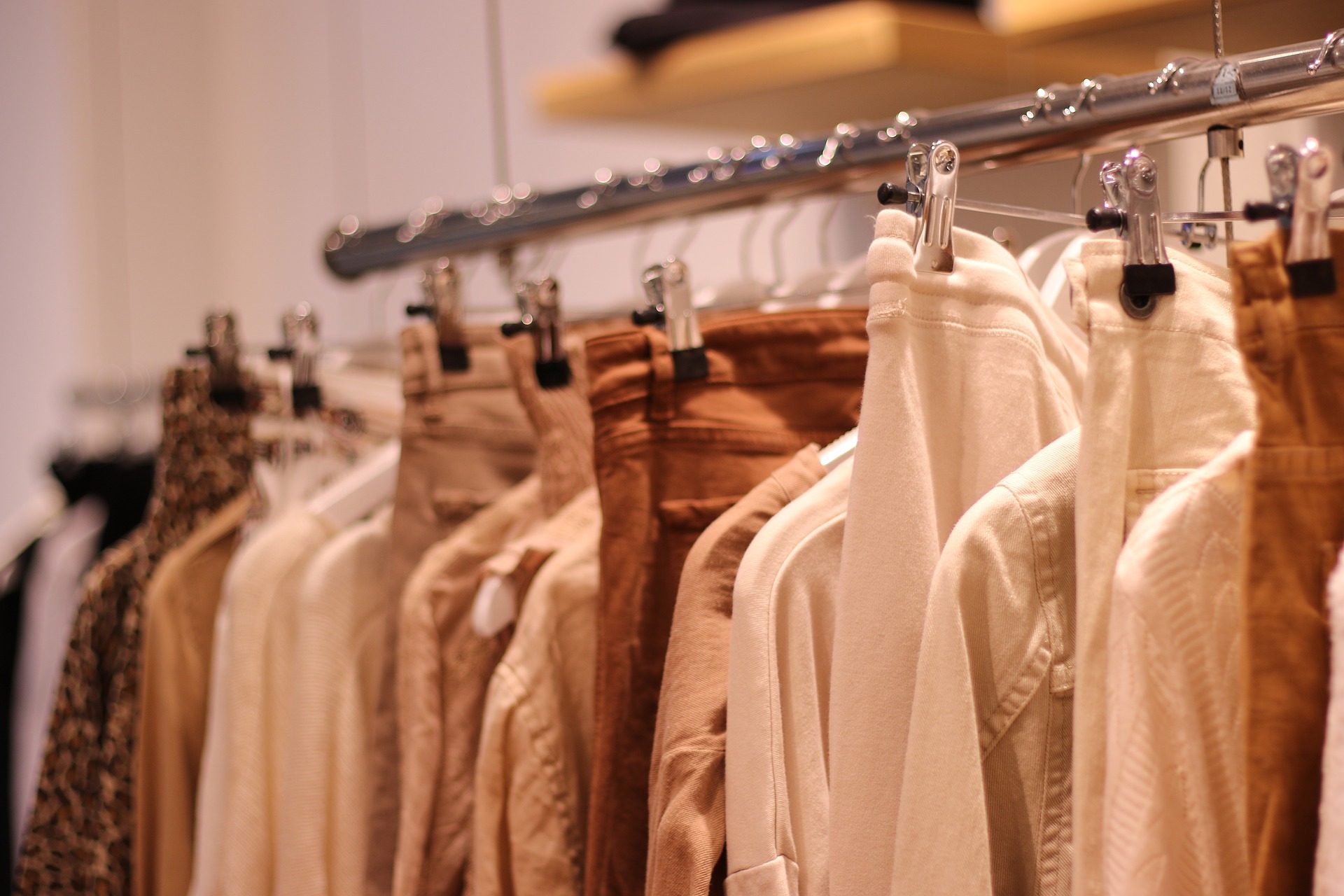Unveiling the Enigma of Asymmetric Fashion: Its Origins, Current Trends, and Impact
With the fashion world’s constant evolution, one trend that has consistently captured the fascination of designers and fashion enthusiasts alike is Asymmetric Fashion. This style, characterized by unequal or unaligned design elements, offers a fresh perspective on fashion norms. It challenges conventional aesthetics, creating a dynamic interplay between balance and imbalance, simplicity and complexity.
A Brush with History: The Emergence of Asymmetry
Asymmetric fashion is not a new concept. In fact, it has been an integral part of various cultures and civilizations. Ancient Greeks introduced asymmetry through the Peplos, a draped garment that was often worn unevenly. In the 1920s, the flapper dress became iconic for its uneven hemlines. The 80s saw asymmetry in the form of shoulder pads, with one shoulder often exaggerated more than the other. In recent years, asymmetry has gained popularity, with designers incorporating it into everything from clothing and accessories to footwear.
Unveiling Modern Asymmetry: Current Trends and Style Insights
In contemporary fashion, asymmetry manifests in a myriad of ways. Uneven hemlines, mismatched sleeves, and irregular necklines are common features. Asymmetric ruffles and drapes add a dramatic flair. Distinctive cuts and silhouettes that defy symmetry, such as slanted hems, one-shoulder tops, and uneven collars, are also in vogue.
Asymmetric fashion is all about the artful amalgamation of different elements within a single piece. It facilitates a refreshing departure from the uniformity and predictability of traditional fashion. Moreover, it exemplifies the beauty of imperfection, echoing the Japanese philosophy of wabi-sabi.
The Asymmetric Appeal: Why It Resonates with Consumers
The appeal of asymmetric fashion lies in its ability to create visual interest and depth. It adds an element of surprise, breaking the monotony of symmetric designs. Asymmetric pieces are versatile and can be styled in numerous ways, catering to individual tastes and preferences. These designs also offer an opportunity for self-expression and individuality, resonating with the modern consumer’s desire for unique, distinctive pieces.
Impact on Buying Behavior: The Asymmetric Influence
As asymmetric fashion continues to dominate runways and retail spaces, it significantly impacts buying behavior. Consumers are increasingly drawn to these unconventional designs for their ability to infuse a sense of novelty and uniqueness into their wardrobes. These designs are perceived as trendy, modern, and fashion-forward, influencing consumers to invest in such pieces.
Curating Your Asymmetric Wardrobe: Key Insights
-
Start with subtle asymmetry: If you’re new to this style, begin with pieces that feature subtle asymmetric details like an off-center button line or a slanted hem.
-
Play with proportions: Asymmetric designs allow you to play with proportions. A dress with one full sleeve and one sleeveless side, for instance, can create a striking look.
-
Accessorize wisely: When wearing asymmetric clothing, keep accessories to a minimum to let the unique design take center stage.
-
Balance is key: Pair your asymmetric pieces with simple, symmetric items to create a balanced look.
-
Experiment with asymmetric prints: If you’re not ready for asymmetric cuts, start with asymmetric prints or patterns.
Wrapping Up: Embracing the Asymmetric Ethos
Asymmetric fashion is much more than a passing trend. It’s a design philosophy that embraces and celebrates difference, diversity, and individuality. It challenges traditional aesthetics and invites us to find beauty in imbalance and irregularity. As we continue to see its evolution and influence on fashion, it becomes ever clearer that asymmetric fashion is not just a style choice—it’s a statement, a way of life. Embrace the asymmetric ethos and take your style game to a new level of creative expression.





